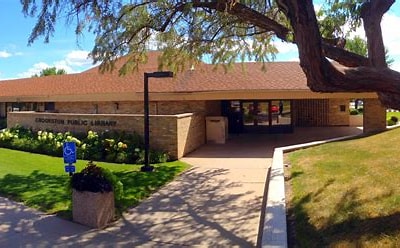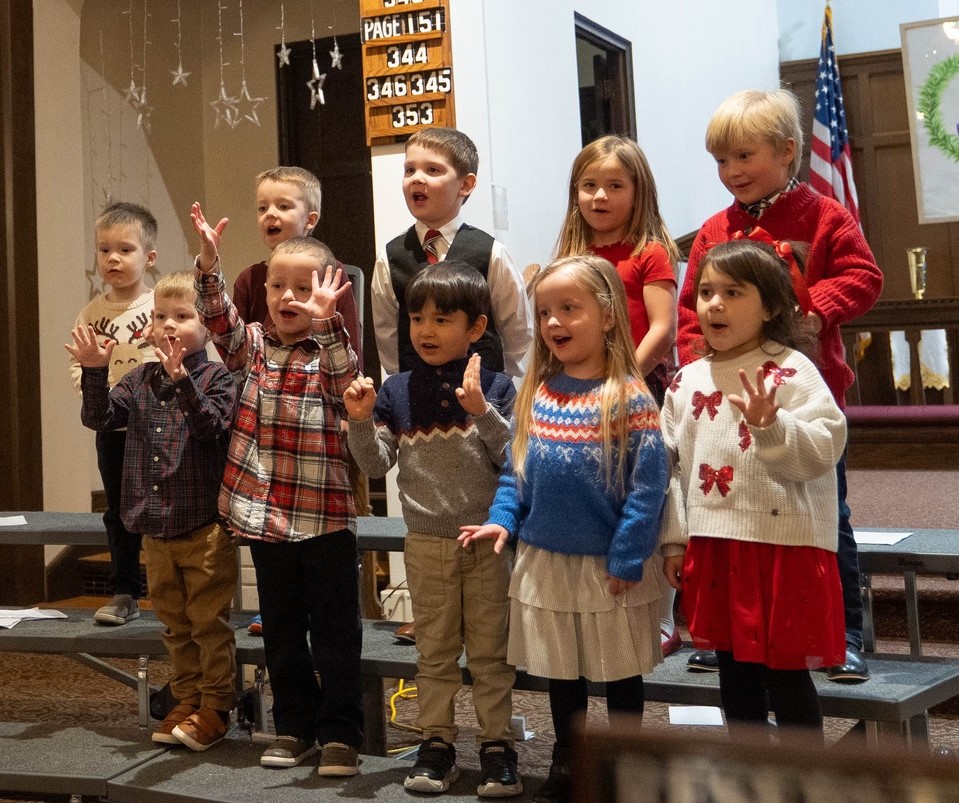On Thursday, Governor Tim Walz signed the omnibus agriculture finance bill which includes $5 million in funding for the Soy Innovation Campus between Epitome Energy and the University of Minnesota Crookston. The campus will be located adjacent to Epitome Energy’s 21-million-bushel soybean crush and 30-million-gallon biodiesel facility.
Crookston Housing and Economic Development Authority Executive Director Craig Hoiseth called it a game changer. He also compared the opportunity for soybean producers to that of sunflower producers when Dahlgren and SunOpta moved to town. “That’s big news for the community of Crookston,” said Hoiseth. “Many have called it a game changer, and I guess I’d be in that camp as well. We’re pretty fortunate to live here in this agricultural community with some really fertile soil around us. And we’ve got a farm community, a bunch of producers, that are just simply good at their job. Basically, the heartbeat and soul of this community is ag. What we’re trying to do by Epitome Energy is just like we’ve done before with sunflowers at Dahlgren’s or SunOpta, American Crystal with the sugar beets. We think we have the same opportunity with crushing the soybeans and making biodiesel.”
The soy innovation campus was given a lot of attention in the ag committee’s during the legislative session, and with successful funding, Hoiseth believes the campus will have an international draw. “The soybean innovation campus has gotten a lot of attention in St. Paul,” said Hoiseth. “There was a lot of debate at the various ag committees, and that seemed to gain a lot of traction as a pretty exciting thing for Crookston and State of Minnesota. We could see a delegation of folks coming from all over the world to look at, learn, and be at the research head of this soybean innovation campus.”
Hoiseth said the innovation campus could begin going in by the end of 2020, with the primary crush and biodiesel facility going up in 2021. “That is the future of soybeans going forward, so we want to make sure we have a robust and aggressive program,” said Hoiseth. “With the equipment that might be added, there will be a small crush facility there. That small crush we could even see going in at the end of next summer. Realistically that main factory itself will probably be 2021. Next year we’ll probably see that innovation campus show up kind of off to the side of where the main biodiesel facility and soybean crush is. We’ve seen the designs and the layout, and we’re talking now about how the infrastructure will layout on that 100 acres to be maximum efficiency and being sensitive to what the costing might be on that.”
With soybean prices hitting lows not seen since December 2008 during the Great Recession, Epitome Energy has stepped in to help break the headwind for producers in northwest Minnesota says Hoiseth. “We really are complimentary of Epitome Energy, the vision they’ve had, and the underserving of the northwest area of Minnesota,” said Hoiseth. “I think I read over the weekend that soybeans closed at an 11-year low, which is a lot of headwind for our producers. I think when you start looking at under $8.00 nationally and around $7.50-7.60 here in the Crookston region and the input costs going into those soybeans its breakeven at best. We need to do something to help that basis and help our producers see some profitability.”
Plenty of infrastructure work will need to be completed before the facilities operations begin in addition to the rail spur the Department of Transportation awarded a $450,000 grant for in January. That infrastructure includes streets, sewer, water, wastewater which Hoiseth said the plan is to fund by carrying bonding through the legislature next session. “Of course we’re going to be sensitive to the city budget,” said Hoiseth. “There are only so many funds we have available here to us. So we’re going to try to carry come bonding back to the legislature so that will be complemented with some of the dollars that have been appropriated this year. Even though the appropriation is made, it’s not accessible until the second half of the biennium which means those dollars wouldn’t flow toward us until July of next year. When you add in the possibility of another bonding bill that could go forward maybe we can maximize that benefit.”
Tags:



